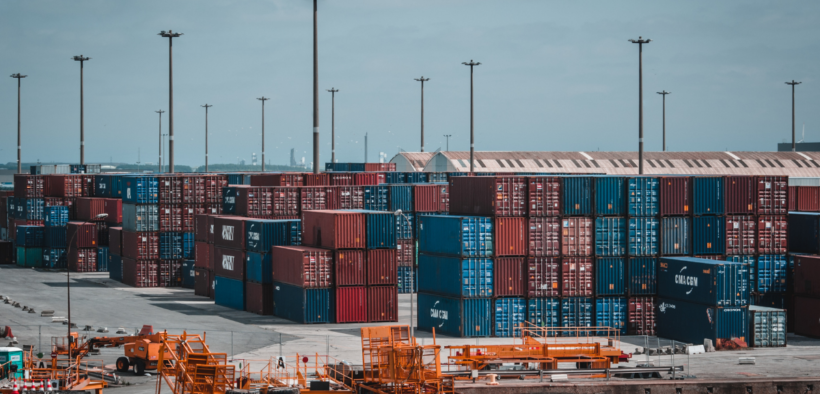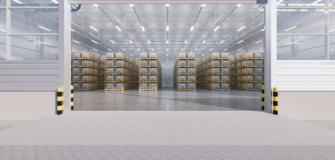There is no doubt that 2020 threw a harsh spotlight on the volatility of Australia’s supply chains.
The COVID-19 pandemic and its impact on the global marketplace, combined with the Industrial Action taken by the Maritime Union of Australia, has seen ports around the country start 2021 in critical condition —a condition that is likely to be amplified until at least mid-February due to the impact of Chinese New Year.
With 98% of Australia’s trade conducted via our ports and over 8 million containers of products destined for homes and businesses around the country every year, the question has to be asked: Who pays the ultimate price? Is it the every day Australian consumer?
Rachael Budd, CEO of logistics firm Transolve Global, says that global shipping is currently experiencing an unprecedented set of difficult circumstances, including severe delays, ports being bypassed, interrupted services, lack of capacity for containers and more.
“Australia is an import-dominant nation; many of the items we buy are produced in other countries and arrive here via ships at our ports,” Budd elaborates.
“Unfortunately due to the impact of COVID-19 on the global market place, plus a lengthy Industrial Action dispute, the ports are continually facing significant issues such as delays, interruptions, congestion and more,” she says.
“For example, we now have limited vessels coming into Sydney. This impacts our exports, as this cargo is unable to reach its overseas markets. It also affects imports as we are unable to receive normal supply.”
The consequences of this ongoing situation will inevitably reverberate through different parts of the Australian community. At a consumer level, there is the real risk of stock shortages, as well as increased prices, whilst at a macro-level the lack of efficiency and competitiveness amongst shipping companies will be detrimental to our post COVID-19 economic recovery.
Budd says that many industry players have been left holding the ball trying to navigate their way through the numerous cargo movement issues to ensure that imports and exports reach their intended destinations and customers. And with different shipping companies and airlines changing the landscape daily, it is becoming increasingly difficult to proactively plan the logistics.
“Last year uncovered how vulnerable Australia is with regards to our supply chain,” Budd continued.
“Moving forward it is clear that the industry, Government and other relevant parties need to strategically and proactively plan how to manage and/or mitigate the impact of any unexpected global disruptions to all areas of Australia’s economy, including shipping lines, airlines and our ports,” she said.
She concluded that this will enable Australia’s supply chains to be competitive, productive and resilient well into the future, helping to ensure our economic growth.
Source: Transolve Global


























































Follow us on social media